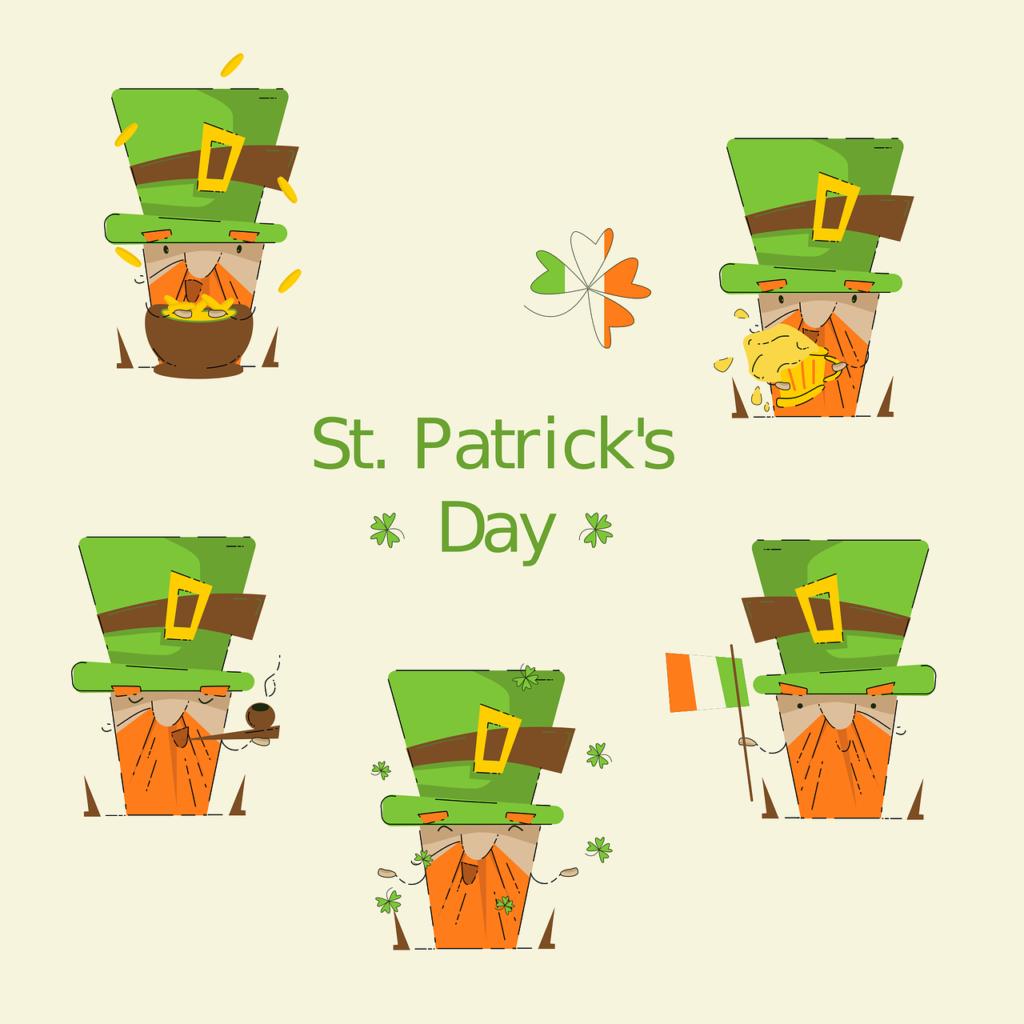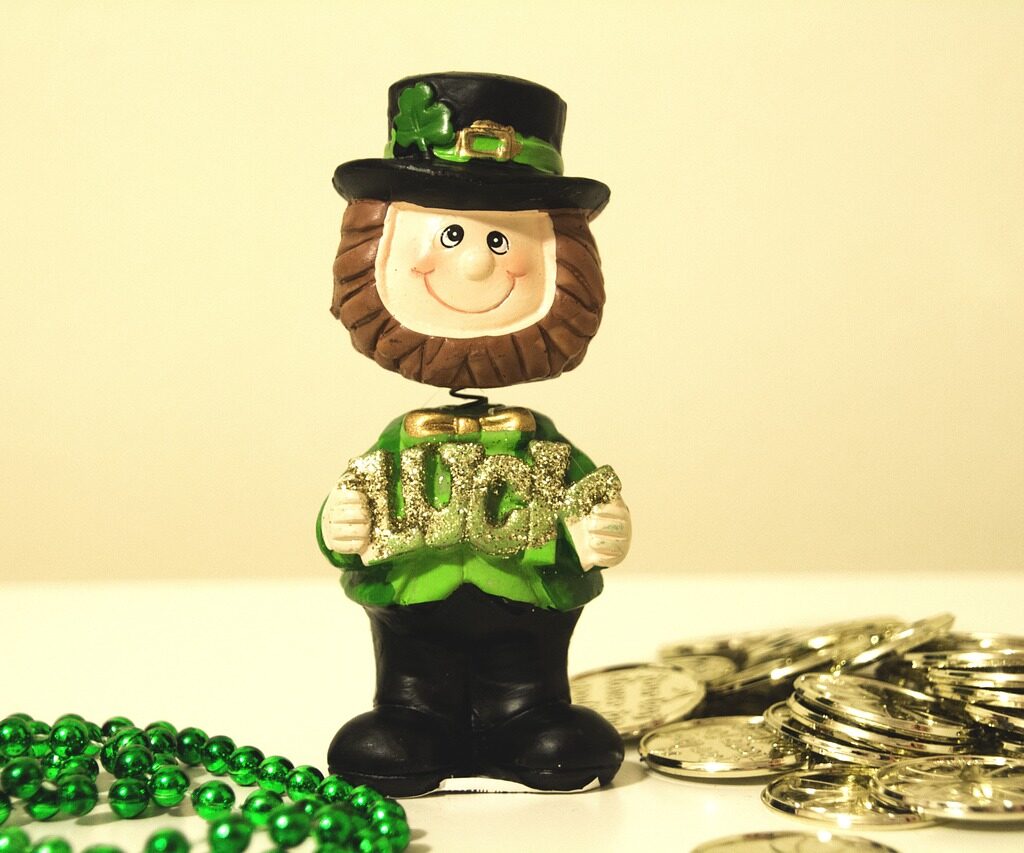St. Patrick’s Day, celebrated on March 17th, honors Saint Patrick, the patron saint of Ireland, who introduced Christianity in the fifth century, fostering Irish culture and tradition. Local communities have hosted St. Patrick’s Day parades, which frequently represent the views and ideas of the organizers. However, Parade planners have come under fire for not including the LGBTQ+ community.
Continue reading to see what St.Patrick’s day is and the reasons why LGBTQ communities are excluded.
What is this holiday?
Irish-Americans organized extravagant celebrations in the late 19th and early 20th century to commemorate their history due to widespread discrimination. St. Patrick’s Day has evolved into a worldwide celebration of Irish culture in recent years. Typically, this holiday is connected to leprechauns.
An article by Yahoo, a search engine with topic categories, says, “Leprechauns were first written about in old Irish fables, so it makes sense that they’d be associated with a holiday dedicated to Irish culture.” Beyond the celebration itself, there is an unexpected relationship between the mythical creatures and the history of St. Patrick’s Day.Leprechauns are most likely connected to a celebration honoring Irish culture, as they were originally referenced in ancient Irish folklore.They’ve come to represent the colorful and fun nature of St. Patrick’s Day festivities.
LGBTQ Exclusion
A complicated social and cultural barrier prevented LGBTQ people from celebrating St. Patrick’s Day. St. Patrick’s Day honors Irish ancestry and culture, but it’s important to acknowledge that LGBTQ+ individuals can also be Irish.
An article by Liam Stack, a New York Times reporter, says, “‘It is not a political or sexual identification parade,’ the organizers of the event said.” There is a new discussion about LGBTQ participation in New York City’s march, and organizers of the Staten Island parade believe that LGBTQ groups are not appropriate for the St. Patrick’s Day celebration. There has been improvement in recent years, with many St. Patrick’s Day celebrations becoming more LGBTQ-friendly.

Traditions
Numerous St. Patrick’s Day customs have lasted and remain in effect today. Sporting green apparel or accessories is among the most well-known practices. The Irish belief in wearing green to protect against leprechauns holds some significance. Wearing shamrocks (a three leaf clover that represents Ireland) for St. Patrick’s Day celebrations is an Irish symbol of the Holy Trinity. The event is distinct because of the festivals, customs from other cultures, and historical religious observances that surround it.
Although St. Patrick’s Day honors Irish culture, LGBTQ+ individuals can face discrimination. This highlights the ongoing struggle for acceptance and inclusion in global societies. The exclusion of LGBTQ+ individuals from St. Patrick’s Day celebrations highlights broader societal issues concerning acceptance and equality. It emphasizes how critical it is to fight against discriminatory behaviors and promote inclusion in every area of community life.
To see more holiday articles, visit Ferry Godmother Productions.

